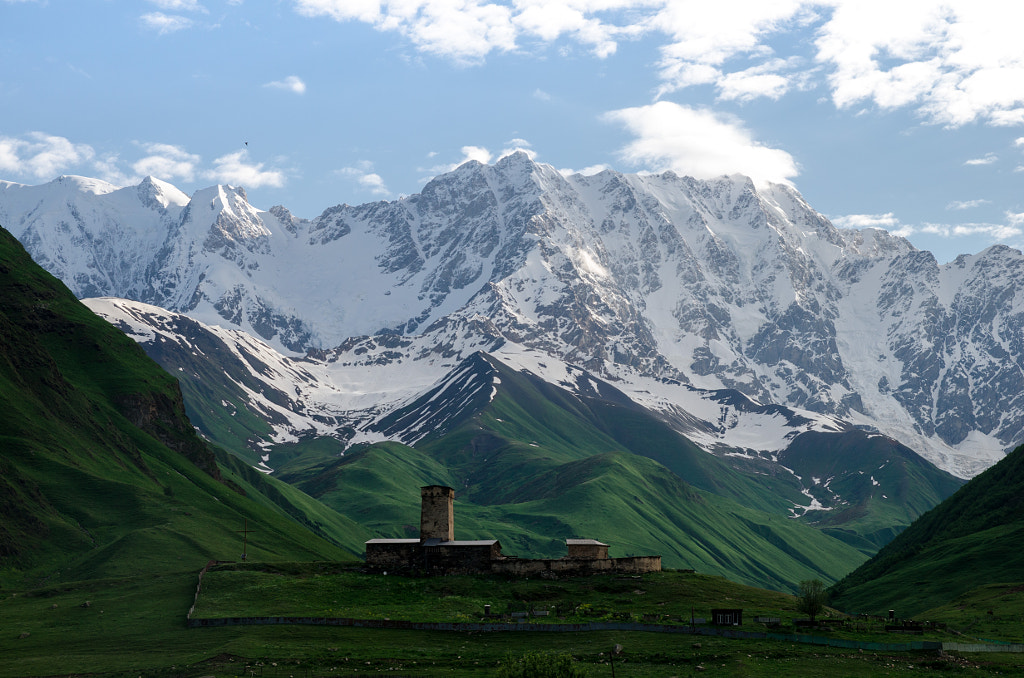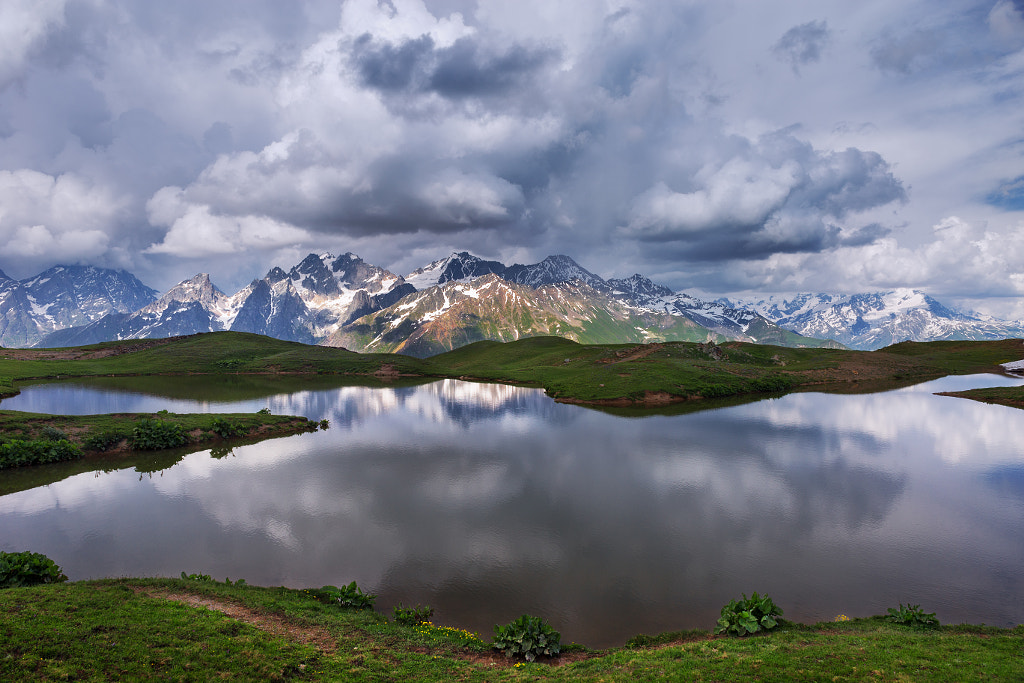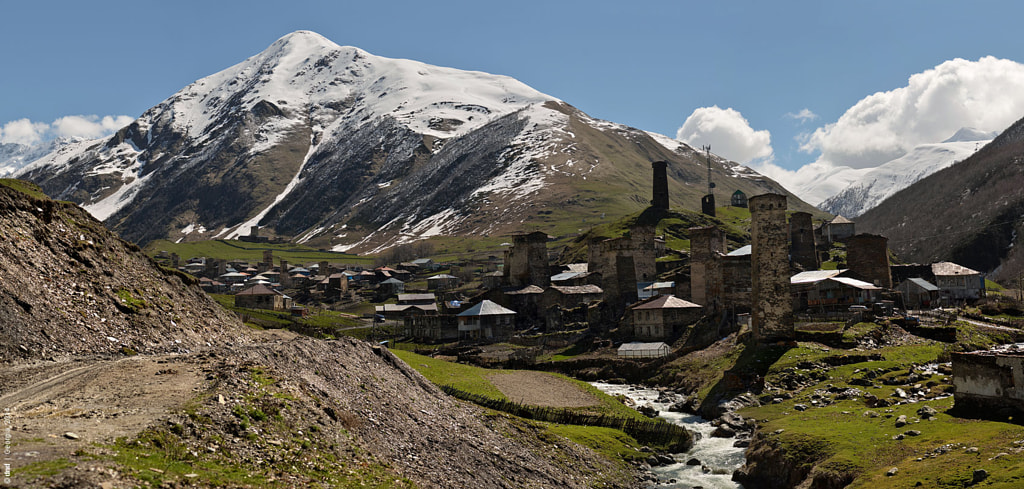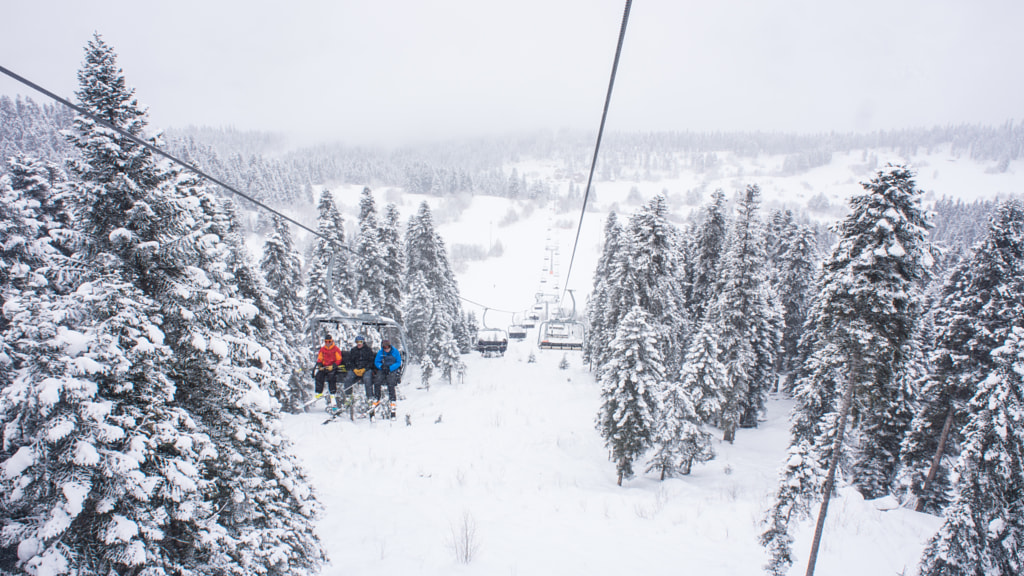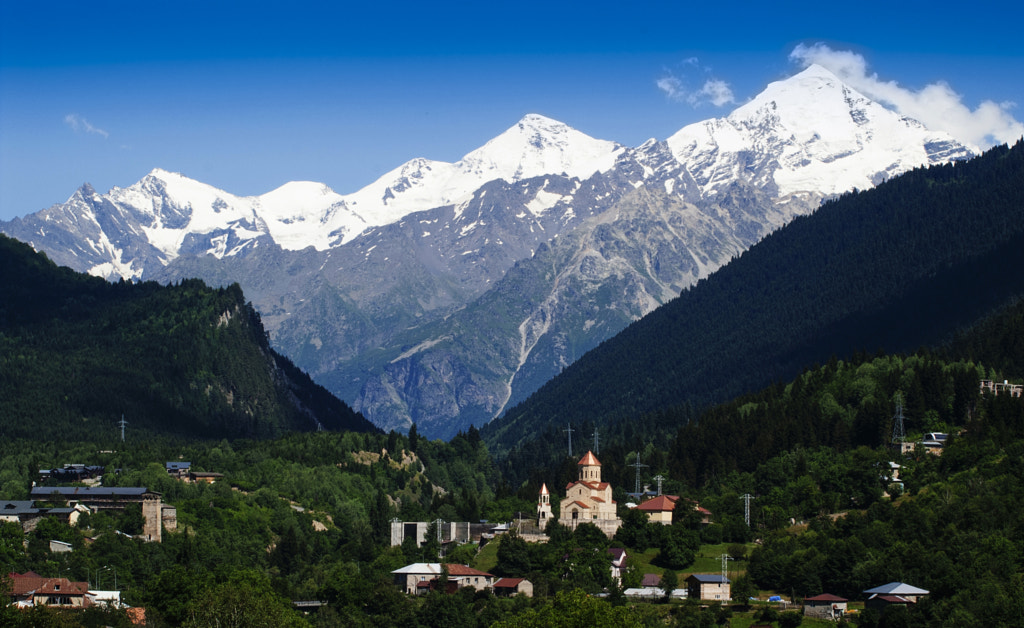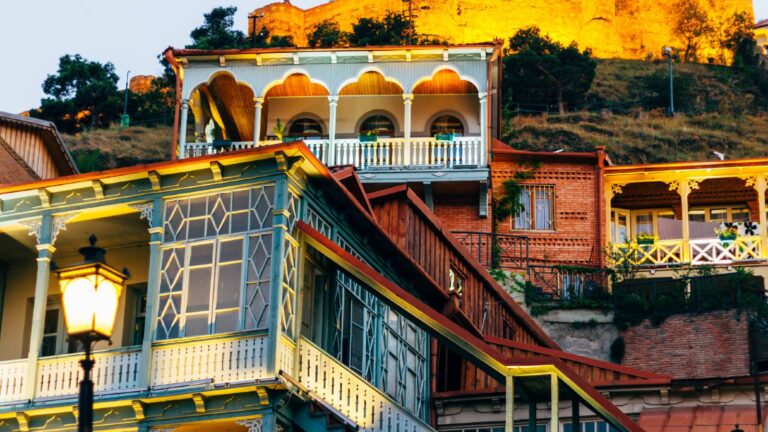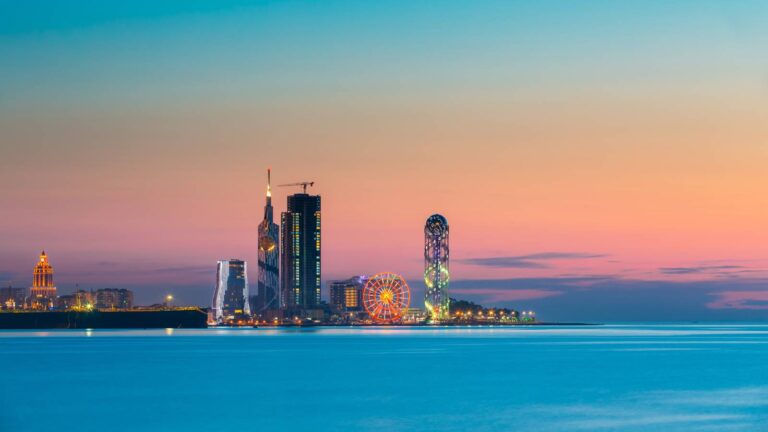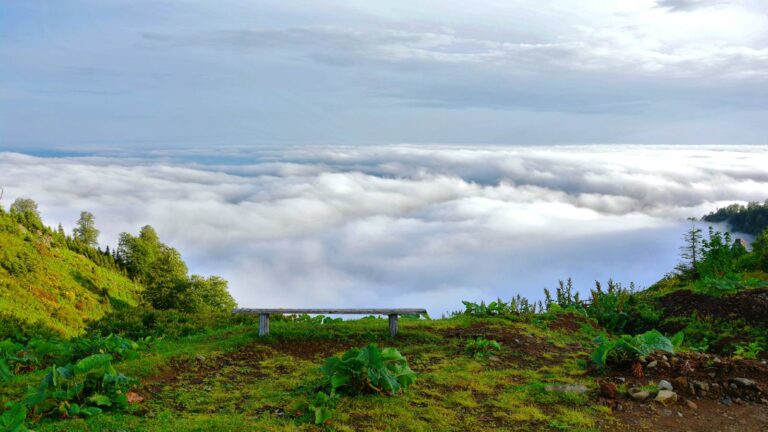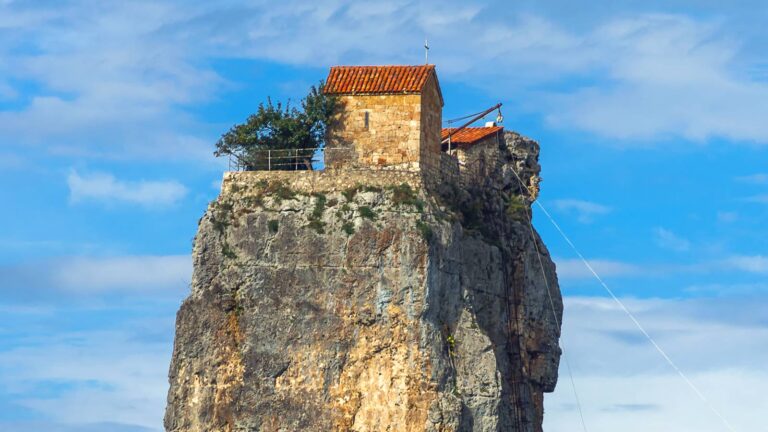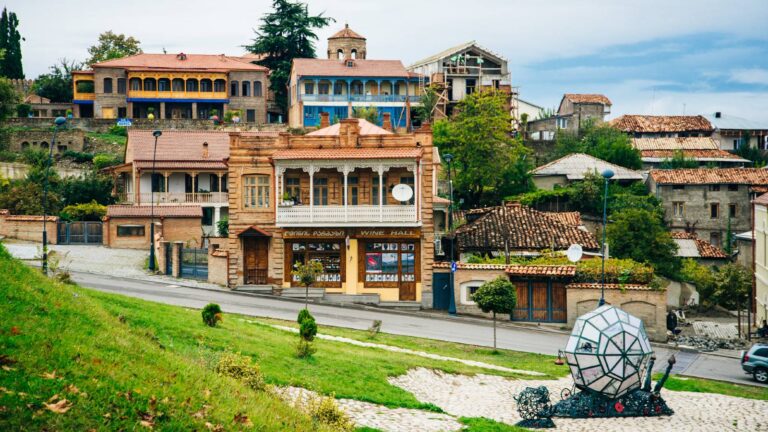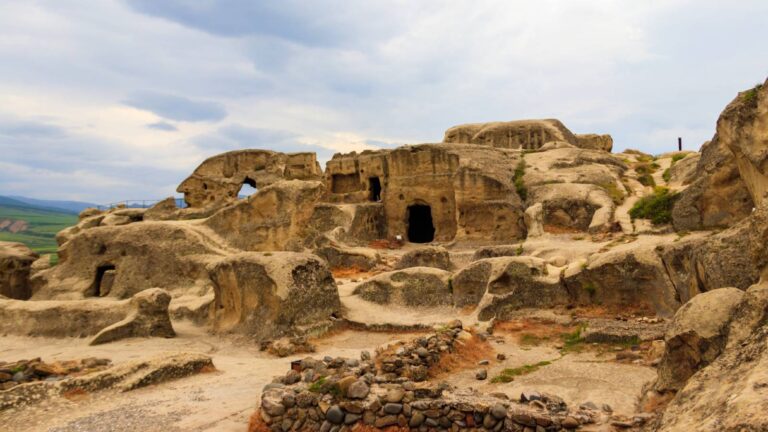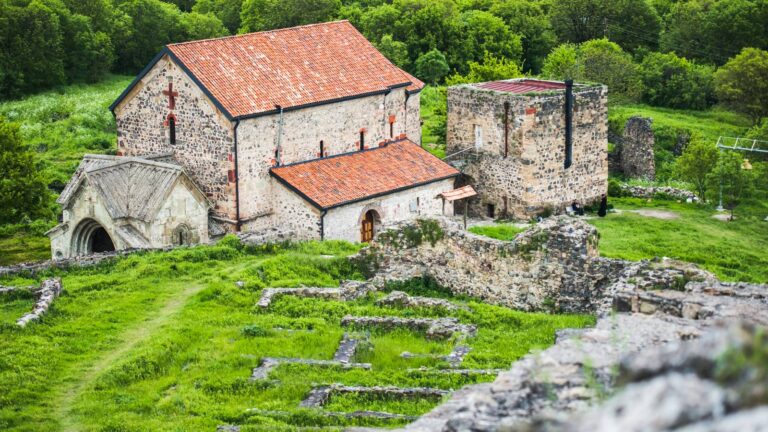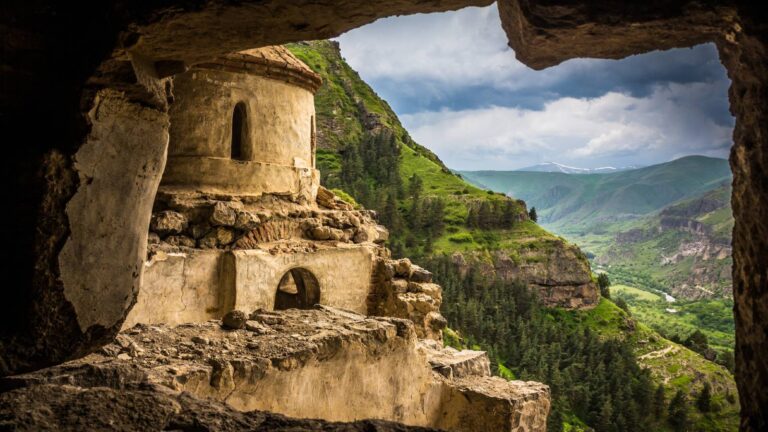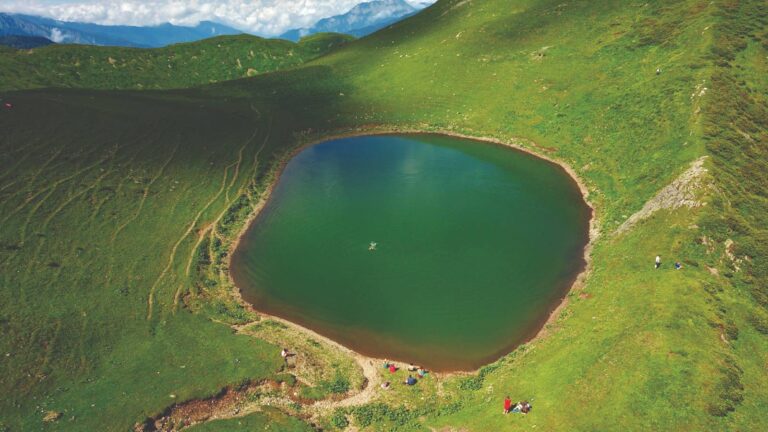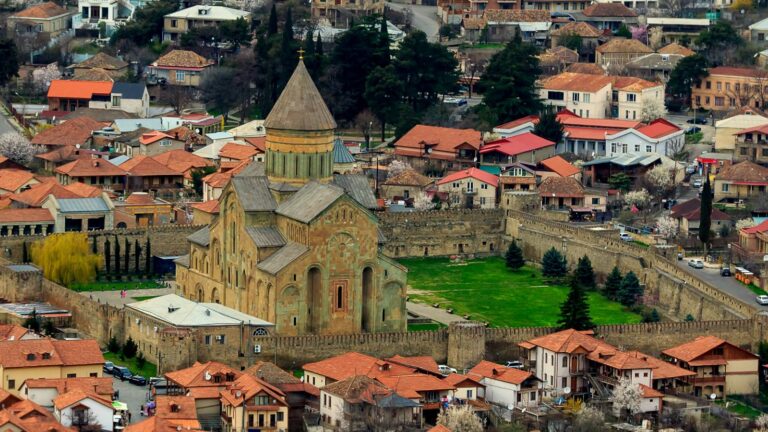By Plane
Arriving in Svaneti is available by flying from Natakhtari to Mestia Queen Tamar Airport.
By Bus
Regularly running minibusses are also available from the capital’s bus station, Tbilisi Sadguri Station. One can take a train from Tbilisi to Zugdidi and switch to a minibus from Zugdidi to Svaneti as well.
Being surrounded by the majestic, snow-capped peaks, Svaneti is the hidden gem of the Caucasus Mountains.
The region is rich with Alpine meadows, forests, waterfalls, and beautiful Alpine lakes. The natural treasure makes it equally attractive for every kind of visitor.
The place is a paradise for mountain sports lovers, such as climbers, skiers, paragliders, etc. One can take a walk and explore the ancient monuments, unique stone-towers, sculptures, paintings, and breathtaking legends immersed in captivating nature.
Ushguli is nearly 8,000 feet above sea level; it’s one of Europe’s highest continually inhabited communities and a UNESCO World Heritage Site.
Nature
- Okrostskali Lakes
- Tskhvandiri Lakes
- Memuli Lake
- Lakumurash Toba
- Shdugra Waterfall
- Chalaati Falling Ice
- Koruldi Lakes
- Peak Laila
- Tskhumari Karst Cavern
- Meziri Lake
Cultural Monuments
- Lamaria (Cathedral of the Dormition of the Mother Of God in Ushguli)
- Lagurka (St. Kvirike and Ivlita Church in Kala)
- Iprali Archangel Church
- St. George Church in Nakipari
- Matskhvarishi Archangel Church
- Jonah the prophet Church in Ienashi
- Lashdghveri Archangel Temple
- Pkhotreri Archangel Temple
- Chvabiani Church of the Savior
- Tsvirmi Church of the Savior
- Tsvirmi Church of the St. George
- Laghami Church of the Transfiguration of Savior
- Svipi Church of the St. George
- Ughvali Church of the St. George
Museums
- Mikheil Khergiani House House
- Svaneti Museum of History and Ethnography
Resorts
- Hatsvali Ski Resort
- Tetnuldi Ski Resort
The earliest mention about Svans is found in Greek and Roman sources in 1st-century A.D.
The Svans originally were settled in a more extensive area, and they held a significant part of Lechkhumi and Racha. Svans also lived in certain territories of present-day Samegrelo.
In the early centuries, Svaneti was part of Colchis and then Egrisi Kingdoms.
In the first half of the III century B.C., during King Parnavaz, Svaneti was the Saeristavo of the Kingdom of Kartli. In the IV century, it became an ally of the Kingdom of Lazeti and often participated in battles to protect the kingdom’s borders.
Svaneti is known for its architectural treasures and picturesque landscapes.
The region is rich with ancient Georgian orthodox churches and various fortified buildings. The famous Svan towers were erected mainly in the 9th-12th centuries.
Architectural monuments of Upper Svaneti are included in a list of UNESCO World Heritage Sites.
Folklore
Cultural traditions of the region include traditional songs and dances. Svaneti boasts the most archaic three-part polyphonic singing. Most of their songs are connected to round dances and are performed very loudly, full of unique, dissonant chords.
Situated on the southern slopes of the central Caucasus Mountains and surrounded by 3,000–5,000 meter peaks, Svaneti is the highest inhabited area in the Caucasus.
Four of the 10 highest peaks of the Caucasus are located in the region. The highest mountain in Georgia, Mount Shkhara, at 5,201 meters, is situated in Svaneti.
Svaneti has two parts corresponding to two inhabited valleys:
- Upper Svaneti (Zemo Svaneti) on the upper Enguri River; administratively part of Samegrelo-Zemo Svaneti; main town Mestia
- Lower Svaneti (Kvemo Svaneti) on the upper Tskhenistsqali River; administratively part of Racha-Lechkhumi and Kvemo Svaneti; main town Lentekhi
They are separated by the Svaneti Range, which is almost as high as the main Caucasus range.
You can find coniferous forests, alpine meadows, eternal snows, and glaciers.
Up to 2000 m above sea level, in Zemo Svaneti, the climate is humid, winters are cold and long, and summers are short, warm, and sometimes hot. The average annual temperature is 5.7 °C, -6.4 °C in January, 16.4 °C in July. The absolute minimum temperature is -25 °C, the absolute maximum is + 35 °C. There is about 1035 mm of rainfall per year.
The economy of Svaneti is highly dependent on Tourism. Agricultural production is developed as well. In the last years, there have been many interesting infrastructural projects such as Mestia Ski resort, etc.

